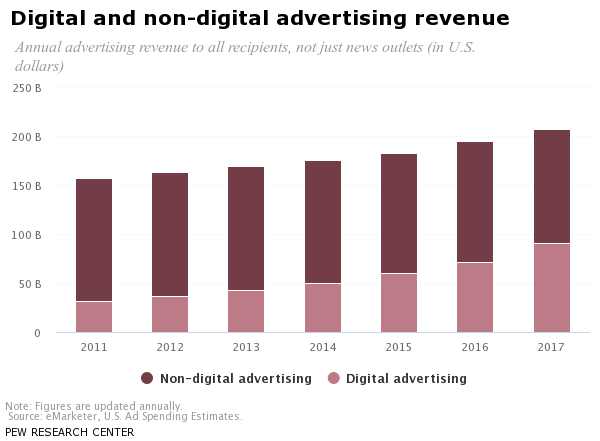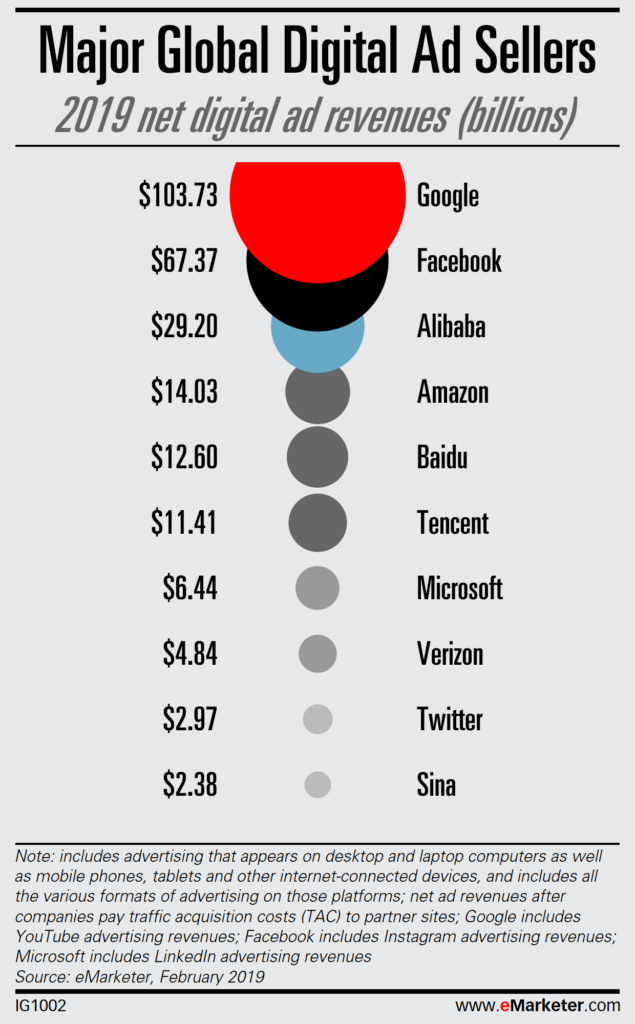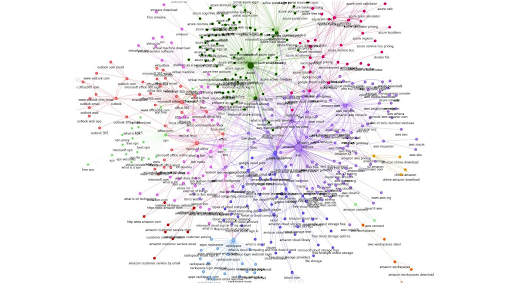Search Data Science Shows the Modern Buyer’s Journey is Not Linear

The buyer’s journey (also known as a sales or purchase funnel) is one of the most well-known concepts in marketing. But it’s also one of the most outdated models. Read below to learn why the modern buyer’s journey is not linear.
Originally, the model was created by Elias St. Elmo Lewis, an advertiser in the late 1800s. Lewis lived in a time when print and radio were the primary sources of advertising.
Since there weren’t any social networks or community boards back then, radio and print advertisers had the power to control public perception. Advertisers were more confident in developing and shaping the public culture. And no one would have a place to compare experiences or fact check hyperbolic ad claims.
But the times have changed, more than even Lewis may have dreamed. Today we have search engines that allow us to view a hundred alternative choices, as well as review aggregator sites that let us know whether a restaurant will be to our standards, and social networks that can instantly spotlight, or destroy, any brand.
As a result, brands must completely rethink their strategy in educating and attracting their customers. A new model may be required.
Internet Killed The Radio Star
Radio, billboards, print ads- the popular channels for advertising back in the early 1900s provided very few opportunities for audience feedback. People may have been compelled to buy Jaguar or smoke Marlboros without any additional dialogue or debate.
Last year, Pew Research Center analyzed the difference between digital and non-digital advertising. They found that non-digital advertising spend was almost four times that of digital. That was in 2011. In 2017, the ratio was almost 1:1. So while non-digital spend has started to decrease, digital spend is on the rise.

Take a look at the largest digital ad platforms by revenue. In a study published by eMarketer, The top four digital advertising sellers were Google, Facebook, Alibaba, and Amazon. A search engine, a social network, and two international ecommerce companies.

What does this tell us? The Internet has transformed the advertising game. Our options and capacity for information has grown exponentially. Companies are competing across borders, and customers can truly come from anywhere.
From Mass Marketing to Mass Personalization
P&G chief brand officer Marc Pritchard described the disruption in marketing at Cannes Lions 2018: “We’re reinventing media from mass blast to mass one-to-one, we’re getting advertising from less push to more pull.”
Brands are aware of the paradigm shift, and have made strategic changes to adapt. Instead of delivering the same message to the masses, and hoping a few will pay attention, the strategy has changed to providing value to each person, custom-tailoring their whole brand experience.
Think about how YouTube and Netflix, two of the largest international video platforms, create personal experiences. As soon as you sign in, you’re given curated lists of series you may like. Once you’ve watched a few videos or tv show episodes, they’ll create new curated lists based on your history (on YouTube this happens even if you don’t have an account).
Netflix goes as far as to use an AI to develop a profile of your taste in videos, allowing them to recommend more relevant videos in the future. The AI even interchanges the thumbnail image depending on the user signed in.

Of course, Netflix and YouTube are both major companies. But even SMBs are finding new ways of personalizing the experience. Email campaigns use your information to greet you with your first name, suggest related content, and reach you at the best times. Search ads show different text depending on the last product, service, or location you searched. Segment, a customer data collection company, reported that personalized experiences have lead to higher revenue, fewer returns, and greater loyalty.
Personalization is the key to cutting through internet noise. Instead of simply directing consumers to buy a product or service, the actual experience has to be inviting enough for users to want to search and intentionally seek out the brand.
Changing Behaviors
Each network has a query and the relationship between queries. The relationship is defined “as searches conducted by the same person in a close [sic] window of time.”
“The key takeaway with relationships is that the vast levels of interconnectivity between queries illustrate the true sophistication of searcher behavior, writes author Kevin Klein, Analytical Lead at Microsoft, “Searches are seldom linear, occurring more in clusters that don’t necessarily align with funnel-like behavior. Enduring convictions about consumer intent, loyalty and the different types of contributions made by brand and non-brand queries are challenged by the data.”
In other words, even the biggest brands still don’t understand their consumers, only seeing a pixel of the bigger picture. User behavior is becoming more complex, with more options to research and more information to digest.
In response, marketers are moving away from demographic segmentation towards segmentation by behavior, personal interests, and life stages. In a study of 800 marketers by Marketing Week, 73% of respondents believe “behavior has become a more effective means of segmentation over the past five years.” The other two most commonly used segmentations were by location (78%), personal interests (78%), life stage (73%) and attitude (72%). Age was at seventh place.
A New Sales Funnel Model
In 2012, Bambang Sukma Wijaya published the concept of AISDALSLove in the International Research Journal of Business Studies, titled “The Development of Hierarchy of Effects Model in Advertising.”
The AIDA remains the same, but there are new elements:
- Search (S) – Consumers are critical and will research for information before making a decision
- Like/Dislike (L) – Consumers develop an opinion after the purchase, either positively or negatively associating with the brand based on experience.
- Share (S) – Social networks, email, and smartphones have encouraged users to share their thoughts and reviews by design.
- Love/Hate (Love) – The long-term effect on the consumer- they either end up loving the brand or hating it.
While the model is not without its flaws, it serves to highlight some of the missing elements in the previous model, namely, the intense research and comparison phase and the post-purchase stages.
If you search online, you’ll find dozens of model variations, but debating which one is best is missing the point. Look at the model as an outline, not a rigid structure. Brands are learning that users are more complex than they expected. The best way to learn about your audience is to analyze their behavior and their place in the modern buyer’s journey.
Request a quantitative analysis from Arcalea today, to learn how your brand compares against competition, how users are finding you, and how you can improve your online visibility.


